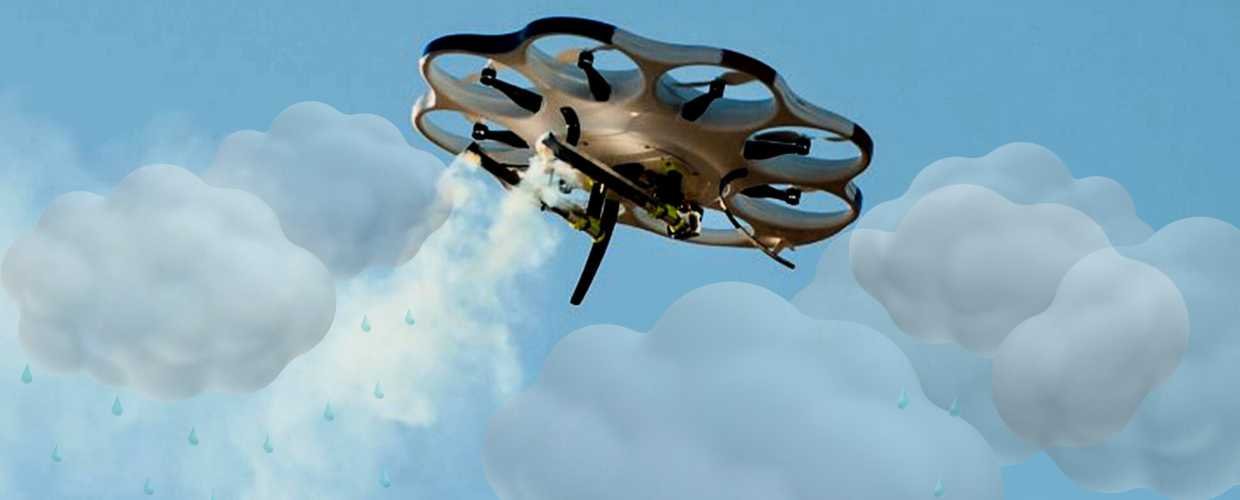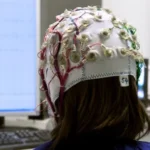Key Points
- ArtiRain employs nanotechnology, AI, and cloud seeding to induce rainfall in drought-prone areas to address water scarcity exacerbated by climate change.
- Nanobots and super-absorbent nanoparticles create artificial rain clouds. These clouds interact with atmospheric moisture to form raindrops efficiently.
- Drones equipped with ArtiRain technology streamline the cloud-seeding process. This approach is more resource-efficient than traditional methods.
- Artificial rain offers a glimpse into human-driven weather modulation. It reflects the balance between technological ingenuity and environmental responsibility.
In a groundbreaking leap towards environmental mastery, a revolutionary artificial rain technology has emerged, poised to reshape our approach to weather manipulation. This transformative solution, aptly named “ArtiRain,” has harnessed cutting-edge advancements to create a sophisticated method for inducing rainfall in regions facing drought and water scarcity.
Artificial rain operates at the convergence of meteorology, nanotechnology, and AI-driven algorithms. By utilizing cloud seeding techniques, nanobots, and precision-guided AI, the technology orchestrates the creation of artificial rain clouds. These clouds, infused with super-absorbent nanoparticles, interact with available atmospheric moisture to initiate raindrops’ formation.
The implications are immense. Areas grappling with prolonged dry spells and agricultural distress can potentially witness a paradigm shift. With droughts becoming increasingly recurrent due to climate change, artificial rain offers hope by providing an environmentally conscious solution to water woes.
Furthermore, the technology’s AI algorithms are pivotal in selecting optimal cloud seeding locations, enhancing raindrop size, and refining precipitation timing. This precision minimizes unintended ecological consequences, reinforcing the approach’s sustainability. The deployment process is efficient and streamlined. ArtiRain-equipped drones are dispatched to designated regions, releasing the cloud-seeding agents and initiating rain-enhancing. This method is far more efficient than traditional cloud seeding practices and reduces resource consumption.
Public response to artificial rain has blended optimism and cautious curiosity. Environmentalists laud the potential for alleviating water shortages, while skeptics raise concerns about potential misuse and unanticipated impacts on local ecosystems. In response, developers emphasize stringent regulatory oversight, public consultation, and transparent pilot programs. They also assert that artificial rain is not intended to replace natural rainfall but rather act as a supplementary resource during critical periods. As artificial rain undergoes testing in select regions, its true potential remains to be seen.
The technology has piqued the curiosity of meteorologists, policymakers, and the general public. It offers a glimpse into a future where humanity may control weather patterns while prioritizing environmental ethics and sustainability. As the world grapples with increasingly erratic weather patterns, artificial rain shines as a beacon of ingenuity and resourcefulness, a technological testament to humanity’s determination to harmonize with nature.












